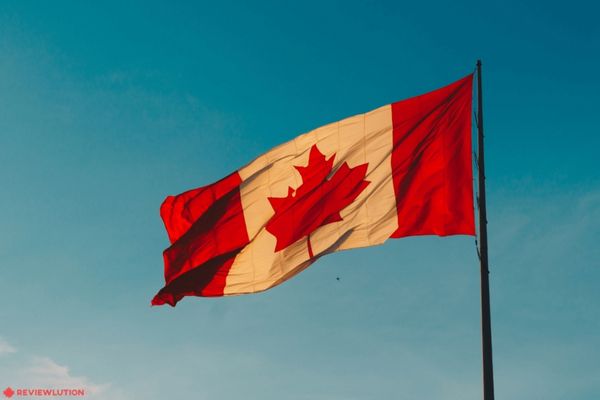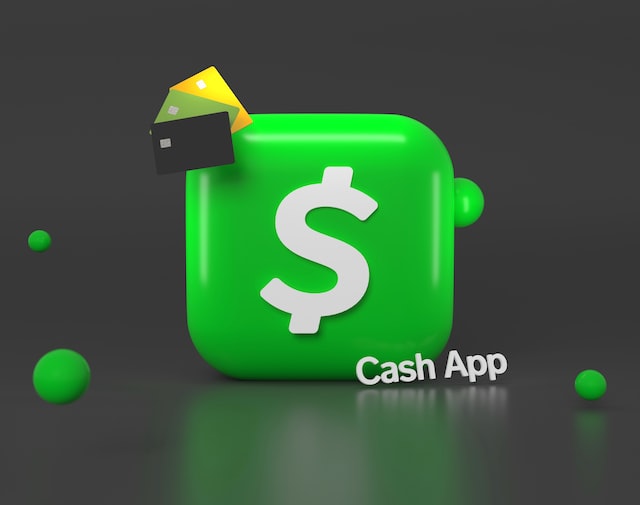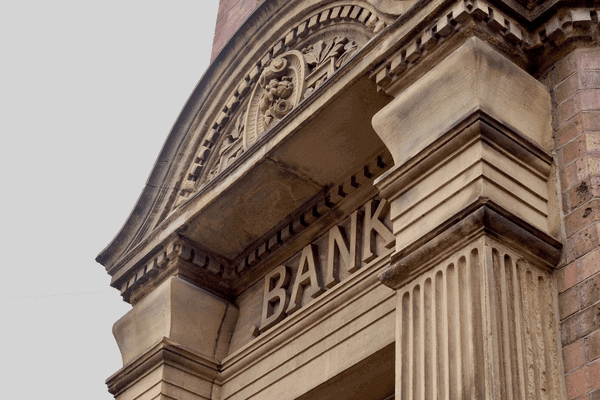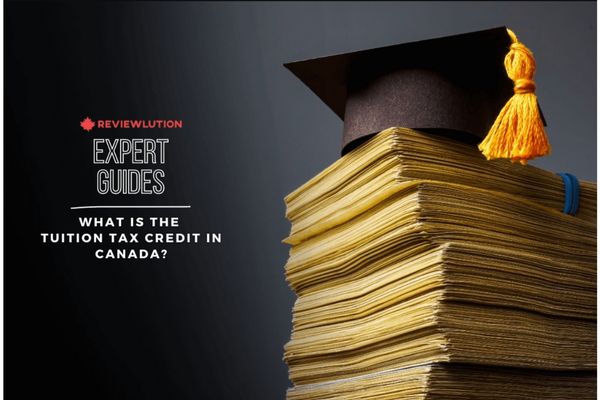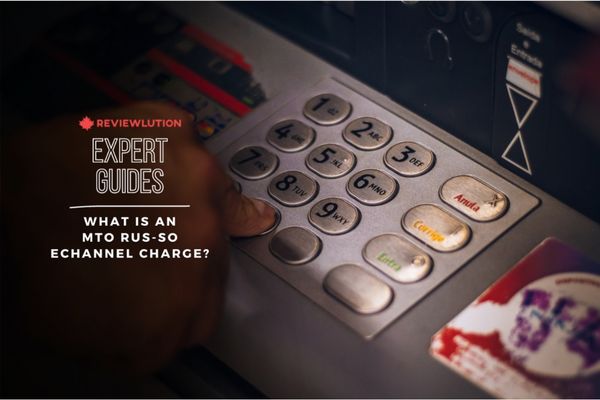What Is the Canada PRO Deposit? Ontario Trillium Benefit Dates
So you open your bank account and notice a suspicious payment. But, you haven’t been expecting any money, so what is the Canada PRO deposit?
Essentially, it’s a program created to help Canadians save money. But to qualify for these benefits, you must meet the eligibility criteria.
In this article, you’ll find out what those requirements are, how much you can get from the program when you should be expecting your money, and how to use it.
Let’s jump right in!
What Is the Ontario Trillium Benefit?
Usually, the Canada PRO payment is an Ontario Trillium Benefit, comprised of 3 tax credits and administered by the Canada Revenue Agency (CRA). Depending on your eligibility, you can qualify for:
- Northern Ontario Energy Credit (NOEC)
- Ontario Energy and Property Tax Credit (OEPTC)
- Ontario Sales Tax Credit (OSTC)
Of course, these credits are available only to Ontario residents.
However, Canada PRO on your bank statement can also be from the Alberta Child and Family Benefit (ACFB) if you’re an Alberta citizen.
Who Is Eligible for the Ontario Trillium Benefit?
Since the programs and their eligibility criteria differ, let’s explain and look at the Ontario Trillium Benefit eligibility requirements for each credit.
Northern Ontario Energy Credit
The NOEC intends to help low- to moderate-income residents of Northern Ontario who face higher home energy costs because of their location. The NOEC involves the districts of:
- Algoma
- Cochrane
- Kenora
- Manitoulin
- Nipissing
- Parry sound
- Rainy River
- Sudbury
- Thunder Bay
- Timiskaming
The amount you receive from NOEC depends on factors such as your adjusted family net income, marital status, and whether or not you have children. Consequently, the maximum annual credit you can receive is $162 for singles with no children and $249 for couples and single parents.
You may qualify for the 2022 NOEC if:
- You were a Northern Ontario resident on December 31, 2021, and meet one of the conditions:
- You will be 18 years or older before June 1, 2023
- You had a spouse or common-law partner before or on December 31, 2021
- You’re a parent that lives or has lived with your child
- At least one condition applied to you for 2021:
- You rented your principal residence in Northern Ontario and pay for it yourself
- You paid property tax for your principal residence in Northern Ontario
- You paid the home energy costs for your principal residence if you live on a reserve in Northern Ontario
- You paid for accommodation in a public or non-profit long-term care home in Northern Ontario
For more in-depth information, refer to this page.
Ontario Energy and Property Tax Credit
The OEPTC is a refundable tax credit that helps low- to moderate-income households with the cost of energy and property taxes. The payments are usually sent in 12 instalments, one every month. Although the OEPTC has two components (the energy one and the property tax one), you can apply if you’re eligible for either.
How much you receive from the OEPTC depends on numerous factors, such as your age, marital status, whether or not you pay for your property tax or rent, etc. For 2022, the maximum amount is $1,121 for non-seniors and $1,277 for seniors.
You may qualify for the energy component for 2022 if:
- You were an Ontario resident on December 31, 2021, and fulfill one of the following conditions:
- You will be 18 years or older before June 1, 2023
- You had a spouse or common-law partner before or on December 31, 2021
- You’re a parent who lives or has lived with your child
- At least one condition applied to you for 2021:
- You rented and paid for your principal residence in Ontario, which is subject to municipal or education property tax
- You paid the property tax on your principal residence in Ontario
- You paid the home energy costs for your principal residence if you live on a reserve in Ontario
- You paid for accommodation in a public or non-profit long-term care home in Ontario
Moreover, you may be eligible for the property tax component for 2022 if:
- You were an Ontario resident on December 31, 2021, and fulfill one of the following conditions:
- You will be 18 years or older before June 1, 2023
- You had a spouse or common-law partner before or on December 31, 2021
- You’re a parent who lives or has lived with your child
- At least one condition applied to you for 2021:
- You rented and paid your principal residence in Ontario, which is subject to municipal or education property tax
- You paid property tax for your principal residence in Ontario
- You lived in a university, college, or private school residence in Ontario
If you want more detailed information about the OEPTC, check out this page.
Ontario Sales Tax Credit
The OSTC is a refundable tax credit that helps all low- to moderate-income households with the cost of the sales tax. As with the previous tax credits, you will receive your OSTC each month.
For payments based on your 2021 income tax return, you can receive a maximum annual credit of $324 for each adult and each child in one family.
To qualify for this Canada PRO payment, you need to be a resident of Ontario at the beginning of the payment month and meet at least one of the following conditions:
- You’re 19 years of age or older
- You’re currently or previously married or in a common-law relationship
- You’re a parent who lives or has lived with your child
Note that this credit does not affect your GST/HST credit payments. For more information, read all the details here.
Alberta Child and Family Benefit
For residents of Alberta, the Canada PRO deposit usually means the ACFB, which is a tax-free monthly payment that provides financial assistance to low- and moderate-income families with children under 18.
Unlike the Ontario Trillium Benefits, the ACFB is deposited in 4 instalments, while the amount depends on the family’s income level and the number of children. The payment includes a base (available to lower-income families who may not earn any employment income) and a working component (for family employment income that exceeds $2,760).
In the table below, you’ll find the maximum benefit amounts for the ACFB depending on the number of children and the component.
| Number of children | Base component | Working component |
| 1 | $1,330 | $681 |
| 2 | $1,995 | $1,301 |
| 3 | $2,660 | $1,672 |
| 4 or more | $3,325 | $1,795 |
To be eligible for the ACFB, you must meet the following requirements:
- You’re a parent of one or more children under 18
- You are a resident of Alberta
- You regularly file a tax return
- You meet the income criteria mentioned above
Since the CRA reassesses eligibility often, you’ll need to notify the agency of any changes in household status, such as relocation. To learn more, refer to this page.
How to Apply for the Trillium Benefit?
To apply for the Ontario Trillium Benefit, you simply need to file your income tax return for the previous year. Therefore, if you want to receive payments in the 2022-2023 period, you must have filed your taxes for 2021 and submitted a completed ON-BEN Application Form.
On the other hand, Albertans only need to file their taxes and be eligible for the federal government’s Canada Child Benefit to automatically qualify for the Alberta Child and Family Benefit.
How Is Canada PRO Paid?
By its name, you can easily deduct that the Canada PRO payment is paid through a direct deposit to your bank account. However, if you haven’t set up direct deposits on your CRA MyAccount or you haven’t opened a bank account, the agency sends your payments by cheque.
If your payments are more than $360, they will be paid monthly from July 2022, or as a lump sum payment in June 2023. If your payments are less than $360, they will be paid in a lump sum in July 2022.
Since Canada PRO constitutes benefit payments, it is not taxable and doesn’t impact your taxable income or your eligibility for other social assistance programs.
Read on to discover when the Trillium payment dates are so you can expect your funds.
How to Use Your Canada PRO Deposit?
And now for the fun part – how to put your money to good use. Luckily, there are many ways that you can use your Canada PRO deposit. Here are some ideas:
Save In a High-Interest Savings Account
For the newbies, a high-interest savings account is a type of bank account that offers a higher interest rate than a traditional savings account. Typically, this means that you will earn more money on your deposited funds.
There are many different high-interest savings accounts available from banks and credit unions, so you have options.
Pay off Debts/Card Balance
If you have debt, such as a credit card balance or a loan, you can use your Canada PRO payment to pay it off fast. Ultimately, this will save you money in the long run, as you won’t have to pay interest on outstanding debt. For more tips, you can check out our guide on paying off debt!
Pay off Your Mortgage
Even your mortgage loans can benefit from Canada PRO, in that you can use your deposit to make an extra payment towards it. Consequently, this will help you pay off your mortgage faster and save you money in interest rates.
Invest in Your Emergency Fund
An emergency fund is a savings account you can use to cover unexpected expenses, such as a medical bill or a car repair. It’s essential to have an emergency fund so that you don’t have to rely solely on credit cards or loans to cover costs that have come out of the blue.
Invest in Your Retirement Account
If you have a retirement account (and you should!), such as a Registered Retirement Savings Plan (RRSP) or a Tax-Free Savings Account (TFSA), you can use your Canada PRO deposit to make a contribution to it. In turn, this will help you save for retirement and grow your money.
Pay for Your Life Insurance Premium
Life insurance premiums can do a number on your bank balance. So, if you receive a Canada PRO payment, you can funnel it into your premium, which will keep your policy in force and protect your loved ones in the event of your death. As the saying goes, better safe than sorry!
Invest in an RESP
A Registered Education Savings Plan (RESP) is a type of savings account that can be used to save for a child’s post-secondary education. The money in the account grows tax-free, and the government will also contribute up to $7,200 per child. By investing in an RESP, you can later pay for your child’s tuition, books, and other education-related expenses.
Canada PRO Payment Dates in 2022
The Ontario Trillium dates for payment are usually on the 10th of each payment month. However, depending on which day the 10th falls on, you might receive your funds on the 9th, 8th, and even the 7th. Here are the Trillium payment dates for 2022:
- January 10, 2022
- February 10, 2022
- March 10, 2022
- April 8, 2022
- May 10, 2022
- June 10, 2022
- July 8, 2022
- August 10, 2022
- September 9, 2022
- October 7, 2022
- November 10, 2022
- December 9, 2022
On the other hand, ACFB payments are made in February, May, August, November. For 2022, you can expect to receive your benefits on:
- February 25, 2022
- May 27, 2022
- August 26, 2022
- November 25, 2022
If you haven’t received your funds on the dates mentioned, wait for about 10 working days before contacting the CRA.
Canada PRO Alternatives
The Canada PRO deposit is not the only government benefit that can facilitate paying for living expenses. The Canada RIT and Canada FED payments are two others that immediately come to mind. Here’s an overview of what you can expect from them:
Canada RIT
The Return of Income Tax (RIT) is a payment from the CRA that results from an assessment of your tax return. Canadians that receive an RIT deposit have paid too much in income taxes, so the CRA sends a tax refund. As with all other refunds, the RIT deposit is not taxable and arrives within 2-8 weeks of filing your returns.
Unfortunately, unlike the PRO deposit, you wouldn’t know how much you’re will get with the RIT deposit. Currently, the average tax refund in Canada is $1,954, but you may get only a get hundred dollars, depending on your situation. If you want to know more, check out this guide.
Canada FED
The Canada FED payment is a government-issued deposit, comprised of 3 different types of benefits: Canada Child Benefit, GST/HST Tax Credit, and Canada Workers Benefit. All 3 programs have different eligibility criteria, as well as separate payment dates. Like the other government deposits, the Canada FED is not taxable.
If you need more information, consider reading this detailed explanation of the deposit, along with some tips on how you can use it.
Finishing Thoughts
The Canada PRO deposit is a valuable benefit that can help you with the cost of raising children, paying for home energy and property tax. Fortunately, the Canadian government doesn’t hang lower-income families out to dry. The Ontario Trillium Benefit and the Alberta Child and Family Benefit can be a lifesaver for many disadvantaged individuals.
Hopefully, you understood what Canada PRO aims to do and how it can help you, so the next time you see the title in your bank account, you won’t have to question it!
FAQ
The Ontario Trillium Benefit is issued monthly and is paid on the 10th of each month.
A Canada PRO deposit in your bank statement means that you have received tax credits from the Ontario Trillium Benefit or the Alberta Child and Family Benefit. If you haven’t applied for any of the programs or don’t meet the eligibility requirements, contact the CRA for a solution.
Canadians who are citizens of Ontario have the ability to apply for any of the three programs. However, since the programs have a different set of eligibility criteria, it’s best to specifically look into the one that concerns you.
Canada PRO is a deposit program available to Ontario and Alberta residents under the Ontario Trillium Benefit or the Alberta Child and Family Benefit


